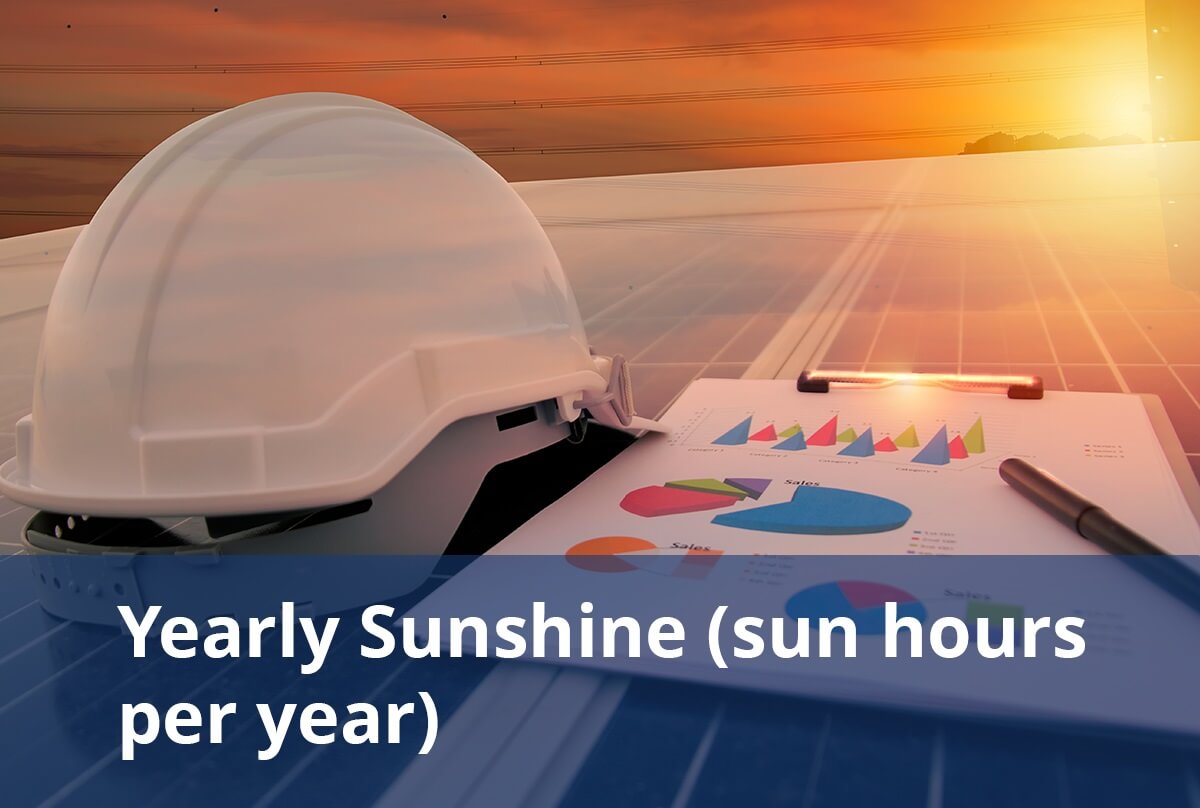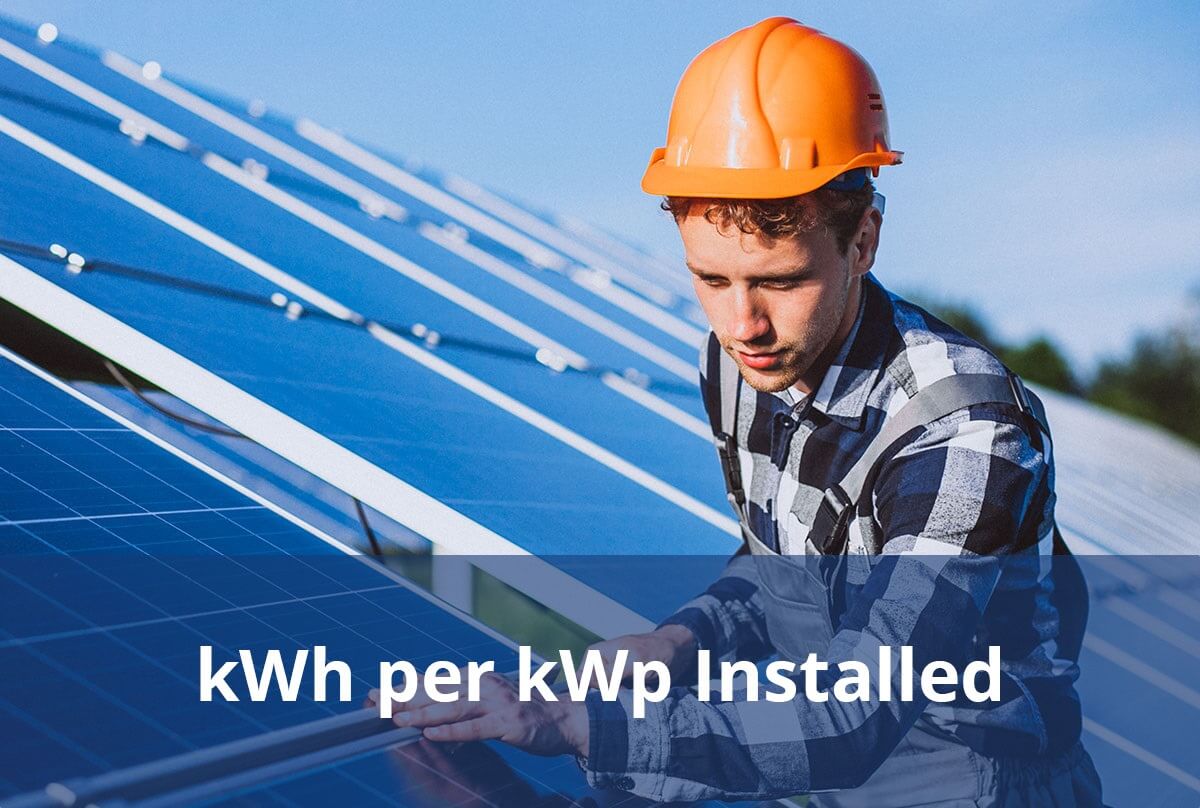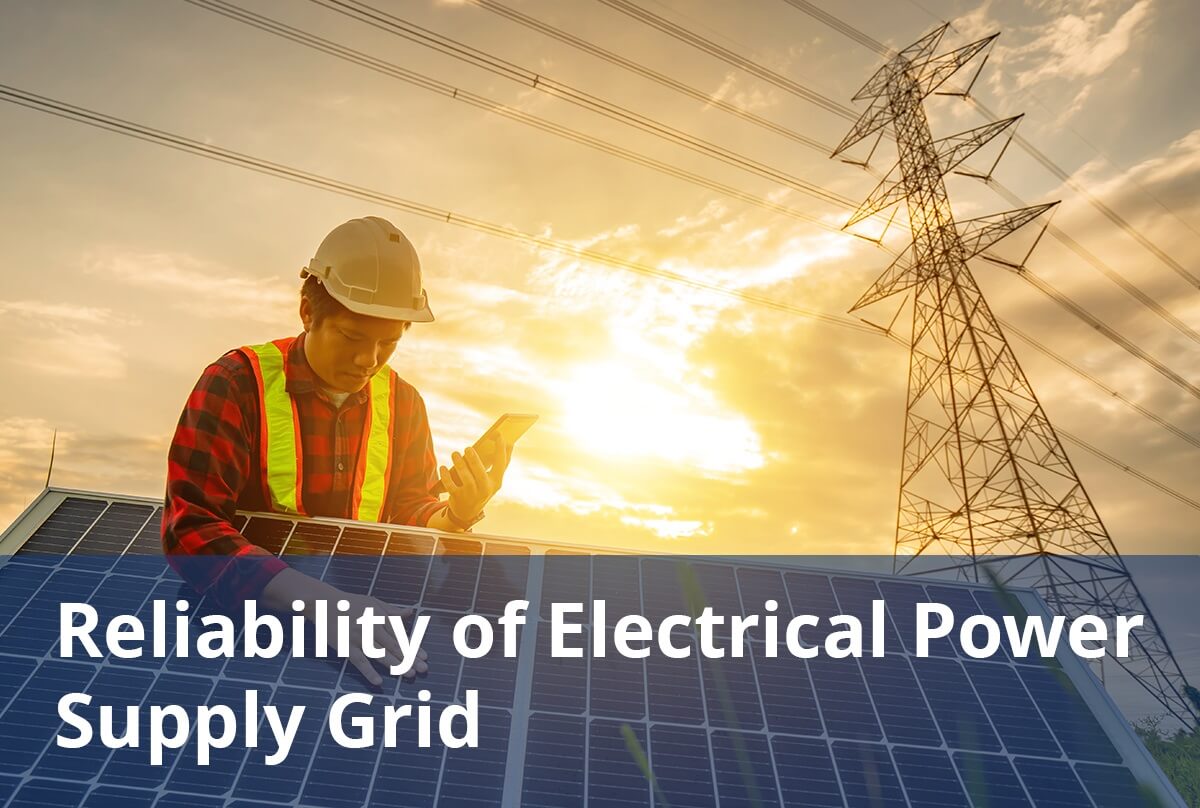Gain comprehensive insights into the statistics and metrics surrounding the solar production industry in Oman
- Solar resource maps of Oman. (2024). Solargis.com. Retrieved from https://solargis.com/maps-and-gis-data/download/oman/
- International Renewable Energy Agency. Energy Profile. (2015). Retrieved from https://www.irena.org/-/media/Files/IRENA/Agency/Statistics/Statistical_Profiles/Middle%20East/Oman_Middle%20East_RE_SP.pdf
- Global Petrol Prices (2024). Oman electricity prices,. GlobalPetrolPrices.com. Retrieved from https://www.globalpetrolprices.com/Oman/electricity_prices/
- Home. (2022). Www.omangrid.com. https://www.omangrid.com/en/pages/home.aspx
- PV Magazine International (2024, April 22). Oman’s solar transition roadmap. Retrieved from https://www.pv-magazine.com/2024/04/22/omans-solar-transition-roadmap/
- Prabhu, C. (2023, August 19). Oman’s next big 1000 MW solar project planned for launch in 2029. Oman Observer. Retrieved from https://www.omanobserver.om/article/1141618/business/omans-next-big-1000-mw-solar-project-planned-for-launch-in-2029
- Ritchie, H., Roser, M., & Rosado, P. (2020). Energy. Our World in Data. Retrieved from https://ourworldindata.org/energy/country/oman/
- Oman energy report. (2020, October 15). Www.enerdata.net. Retrieved from https://www.enerdata.net/estore/country-profiles/oman.html
- Prabhu, C. (2021, November 16). Solar energy to contribute 21pc of Oman’s power needs by 2030. Oman Observer. Retrieved from https://www.omanobserver.om/article/1109769/business/energy/solar-energy-to-contribute-21pc-of-omans-power-needs-by-2030/
- Times of Oman (2017, October 2). Solar power for 50 percent of Muscat homes in the next five years. Times of Oman. Retrieved from https://timesofoman.com/article/118501/oman/oman-may-sport-a-rooftop-solar-system-to-support-its-power-demands/
- Kaleem, A. (2023, January 26). Solar Energy in Oman: Potential and Progress. Retrieved from https://www.ecomena.org/solar-energy-in-oman/
- Mendoza, J. (2023, August 26). Oman emerges as MENA leader in prospective solar farm capacity. Oman Observer. Retrieved from https://www.omanobserver.om/article/1141899/business/oman-emerges-as-mena-leader-in-prospective-solar-farm-capacity/
- Oman News Agency. (2024). Oman’s commitment to renewable energy and solar panel production. Retrieved from https://omannews.gov.om/topics/en/80/show/116753
- Admin, O. (2023, May 10). How renewable energy projects are driving investment in Oman – Oman 2023 – Oxford Business Group. Oxford Business Group. Retrieved from https://oxfordbusinessgroup.com/reports/oman/2023-report/utilities/green-rush-investors-are-showing-interest-in-the-sultanates-efforts-to-increase-the-share-of-renewables-in-the-energy-mix-analysis/
- Oman | Average Salary Survey 2021. (2021). Www.averagesalarysurvey.com. https://www.averagesalarysurvey.com/oman
- Oman Population 2024. (2024). Www.populationu.com. Retrieved from https://www.populationu.com/oman-population
- International Trade Administration. (n.d.). Oman – Renewable Energy. Retrieved from https://www.trade.gov/country-commercial-guides/oman-renewable-energy
- Oman Power Market Insights. (2024). Retrieved from https://www.mordorintelligence.com/industry-reports/oman-power-market
- USmall scale Grid-Connected Solar PV systems (2017). Retrieved from https://apsr.om/pdfs/SolarPVSystems/Specific_issues_on_the_safety_of_PV_systems_v1.1.pdf
- Oman’s renewable energy projects. (2020, April 27). International Trade Administration | Trade.gov. Retrieved from https://www.trade.gov/market-intelligence/omans-renewable-energy-projects
- Welcome to Wadi Noor Solar Power Company. (2023). https://wadinoorsolar.com/
- Solar Power | Oryx Solar Power | Muscat. (2022). Aptus SolarTech. Retrieved from https://www.aptussolartech.com/
- Solar energy manufacturers, suppliers & companies in Oman. (2024). Environmental Expert, S.L. Retrieved from https://www.energy-xprt.com/solar-energy/companies/location-oman
- Almamari, K. (2022, October 24). Oman announces 2050 Net Zero commitment and unveils ambitious green hydrogen strategy. Mem. Retrieved from https://mem.gov.om/en-us/Media-Center/News/ArtMID/608/ArticleID/1281/Oman-announces-2050-Net-Zero-commitment-and-unveils-ambitious-green-hydrogen-strategy
- Authority of Public Service Regulation, Oman . https://apsr.om/en/tariffs
- Properties for rent in Oman. https://www.dubizzle.com.om/en/properties/properties-for-rent/commercial-for-rent/muscat/q-warehouse-rent/
- Wage Indicator – Oman. online: https://wageindicator.org/salary/minimum-wage/oman








